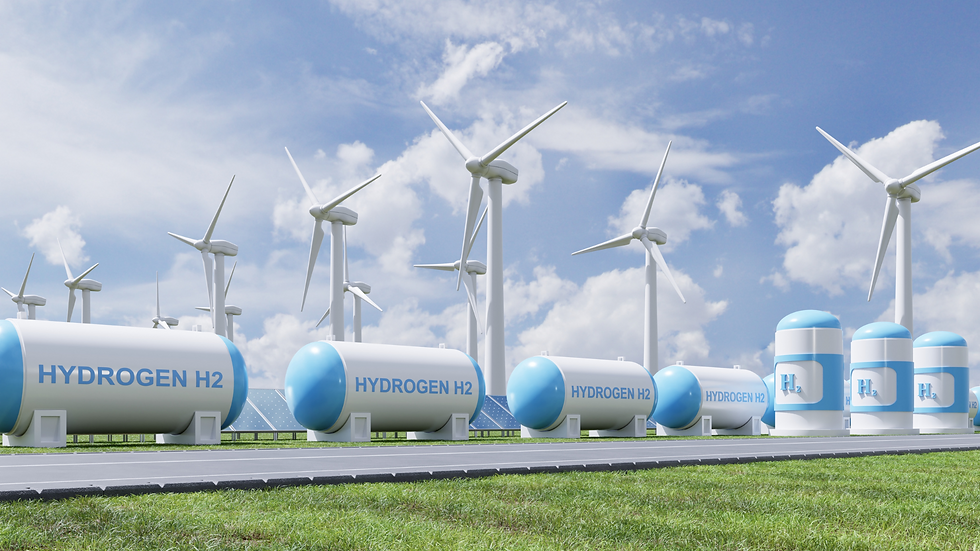The Rise of Green Hydrogen and What It Means for Malaysia’s Energy Future
- infoclimatequest
- Mar 17, 2024
- 1 min read

As Malaysia aims for net-zero by 2050, green hydrogen is becoming a cornerstone of its energy transition strategy. Produced using renewable energy via electrolysis, green hydrogen emits no carbon at the point of use and is suitable for hard-to-decarbonize sectors like steel, transport, and heavy industry.
Hydrogen is also versatile. It can store surplus solar or wind energy, act as feedstock in refineries and chemical plants, and fuel long-haul transportation. While grey hydrogen (produced from fossil gas) still dominates, global interest in green hydrogen is accelerating, backed by national hydrogen roadmaps and cross-border trade agreements.
Malaysia’s abundant renewables and strategic location position it well as a regional green hydrogen hub. However, development requires integrated planning—from electrolyzer technology selection and water sourcing to certification and market access.
Green hydrogen projects are eligible for carbon credits under emerging methodologies, and they can unlock access to climate finance. Early movers in the space stand to benefit from government incentives and strategic partnerships.
👉 Climate Quest supports end-to-end green hydrogen project planning—from feasibility studies to certification and investment matchmaking. [Turn your hydrogen vision into a bankable reality.]


